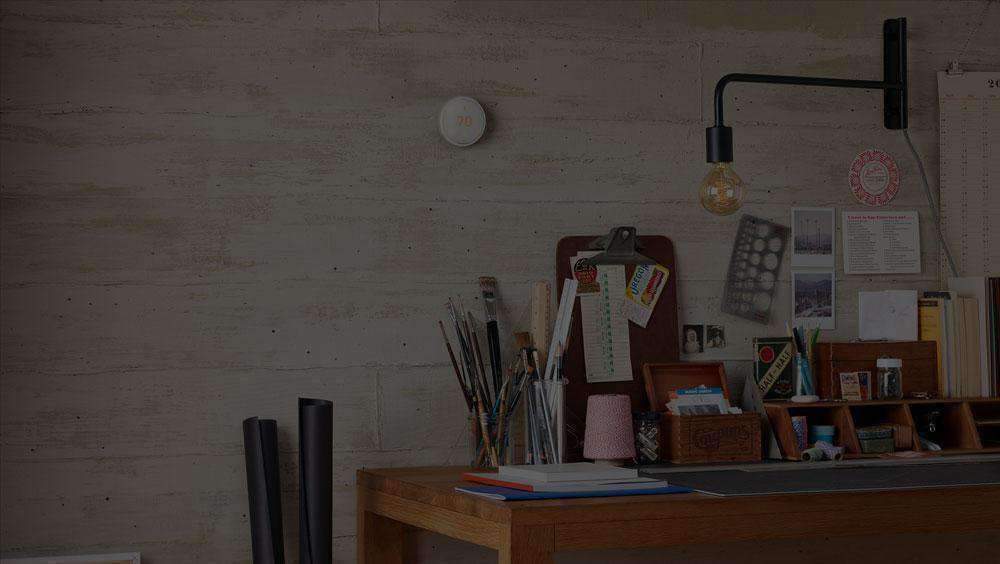- No products in the cart.
DIY Tile Installation
14
Oct
DIY tile installation is one of the most common household upgrades homeowners try themselves during renovation projects. And, there's a good reason why so many tackle this challenge on their own instead of hiring someone. Professional tile installation can cost anywhere from $10-$50 per square foot (both indoors and outdoors), and with single family homes averaging at 2600 sq. feet, this endeavor can quickly burn a hole through your budget.
While this may seem like a complicated and skill-heavy installation project, the basic concept is pretty straight forward: lay down bonding agents, place the tiles, grout them, and finally seal them in. If this is your first time mastering tile laying techniques, we do recommend working with a professional for the best results!
Understanding Tile Installation
Tile flooring can be installed in a variety of ways, and we'll teach you how the DIY tile installation process can be carried out.
Even if you've done a showered tile or bathroom tile installation before, review the processes for this kind of installation before starting.
Remember, the entire process will take a few days. And, you won't be able to walk on the floor right away since it takes a lot of time for a thin-set mortar to fix and fry the grout.
In addition to removing any previous flooring and installing the tile, ensure that you have the budget for the longer projects.
How To Lay Floor Tile
When it comes to how to lay floor tile, make sure to start by checking the level of the floor using a red level.
Remember, removing the old tiling will create a lot of dust. Make sure to:
- Protect adjacent rooms
- Ensure adequate ventilation
- Put on the appropriate safety equipment, such as goggles or safety masks
- Have an evenly leveled subfloor—if there are any low locations, a leveling compound can be used to fill them
Materials Needed To Lay Tile Floor
Having the right tools is an absolute necessity for carrying out tile installation steps—these include:
- Goggles
- Pads
- Cutting Tile
- Measure Tile
- Thin Mortar
- Mixing Paddle
- Heavy Drill
- Mixing Drill
- Flattening Spacers
- Tile Saw
- Hole Saw
- Rubber Hammer
- Curve Instrument
- Tile Pincers
- Mapei Epoxy Grout
- Grout Cleaning Products
- Grout Hover
- Grout Scrubber
Tile Laying Techniques
Mix the mortar according to the manufacturer's instructions. Remember to not over mix and damage the pigment.
Make sure to lay out the tiles in a dry run, and start in the middle making sure to follow both chalk lines.
Cutting tile isn't easy, but it doesn't need to be as complicated as it's typically shown to be. You'll be good to go if you take sufficient time and wear safety glasses.
Spacers are a plastic tool that is used to maintain a consistent gap to use for grout when the mortar gets dry. To use them, place them at each corner of your tiles, and push the tiles together until the spacer is contacting each corner. It makes the tiles look professional and even.
This is the stage when you remove all of the tile spacers after the adhesive is dried up for the specified duration and the entire tile has been installed correctly.
You've almost made it to the finish line if you've gone this far. Next is grouting; this will help complete a tile project. It is used to fill up gaps between the tiles (the area where your spacers used to be).
Now it's time to clean up. Clean your tools, remove the grout from your float, and so on. Make sure everything is appropriately stored.
Wholesale Home
At Wholesale Home, we have a vast inventory of materials needed to lay tile floor, including a selection of general cleaning supplies and grout cleaning products, specifically our Mapei epoxy grout. When you’re finished, we also have comprehensive tile leveling kits from Spin Doctor to help you achieve that beautiful flush surface. Shop everything you need to complete your home improvement project from a single, online marketplace and enjoy some of the lowest prices. Browse our site to find the products you need, and make sure to check out our kitchen makeover ideas for inspiration.






































